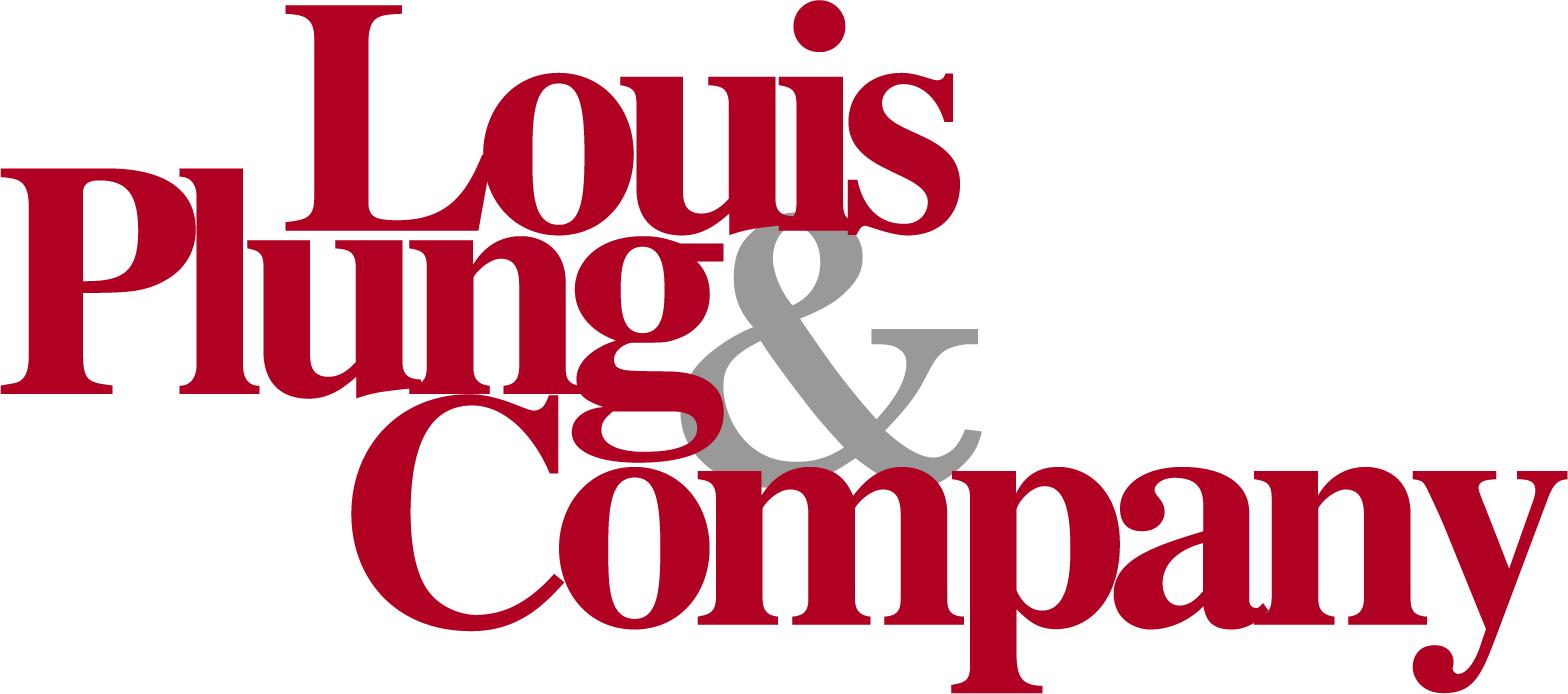Retirement Plan Changes in 2023: SECURE 2.0

By Tom Culleiton, CPA
[email protected]
A few days before Christmas, Congress approved a $1.7 trillion spending package which was signed by President Biden on December 29, 2022, making saving for retirement more accessible for many employees. The spending package contains a provision termed “SECURE 2.0” If that sounds familiar, it is because this new provision builds upon the 2019 Setting Every Community Up for Retirement (SECURE) Act, which enhanced retirement savings for many employees.
SECURE 2.0 Overview
Highlights of SECURE 2.0 include provisions that help make it affordable for those with student loan debt to contribute, enable part-time employees a faster qualifying period, increase catch-up contributions, and allow for easier access to funds for those with financial emergencies. With the President’s recent approval, here’s a look at the provisions that affect most employees and employers.
Automatic Enrollment
A major new provision for employers is the requirement for automatic enrollment in employer sponsored retirement plans. Currently, this is optional. The employee would now automatically be enrolled with a default contribution rate of between 3%-10%. This rate would escalate by 1% yearly until the participant reaches the contribution level of at least 10% (but not more than 15%). It would be up to the employee to opt out if they wish. This provision will go into effect after December 31, 2024, with the goal of getting more employees contributing into employer sponsored retirement plans.
Employees with Student Loan Debt
Another major new provision allows for employees with student loan debt who are making payments to have those payments matched with a contribution to the employer’s retirement plan. This would enable employees saddled with student loan debt to still have retirement contributions made on their behalf, who otherwise could not afford to do so. This provision will go into effect after December 31, 2023.
Age Limit for Required Minimum Distributions
SECURE 2.0 increases the age limit for taking required minimum distributions (RMD’s). The current age for participants required to make distributions from their retirement account is 72. SECURE 2.0 again increases the RMD age as follows: for individuals turning age 72 after December 31, 2022, and age 73 before January 1, 2033, the RMD age is 73. For those turning age 74 on and after January 1, 2033, the RMD age is 75.
Additionally, effective immediately, the penalty for failing to take RMDs, will be reduced from 50% to 25% and to 10% if the error is corrected “in a timely manner”.
Financial Emergencies
Under SECURE 2.0, those with financial emergencies will now have less costly means to obtain funds from their retirement savings. Employees will now be able to make a penalty free withdrawal of up to $1,000 per year for certain emergencies. Taxes will still be assessed on the withdrawal, but the 10% early withdrawal penalty, which currently applies, will no longer be assessed. If the amount of the withdrawal is repaid within three years, the ordinary tax paid on the withdrawal will be refunded. If it is not repaid, a three-year period applies before another early withdrawal could be made. This provision will go into effect after December 31, 2023.
Catch-up Contributions
Another advantageous provision comes to those who are 50 or older. These employees may contribute an additional $6,500 to their 401(k) on top of the $20,500 annual federal limit in effect this year. SECURE 2.0 allows for an increase to $10,000 for those aged 60 to 63, or 50% more than the regular catch-up amount in 2025, whichever is greater. This allows those employees closer to retirement age to ramp up on their savings while they still can.
Other Key Provisions
SECURE 2.0 includes other provisions such as expanded Saver’s Credit for lower income taxpayers, lowering of required part-time employees’ hours necessary to qualify for inclusion, roll over options from 529 plans into Roth IRAs, as well as provisions for defined benefit pension plans. SECURE 2.0 offers more opportunities for employees to qualify for inclusion in workplace retirement plans and enable them to save more.
Summary
SECURE 2.0 was enacted on December 29, 2022. The changes mentioned above will be required of workplace retirement plans and needed plan amendments must be adopted by the last day of the 2025 plan year (2027 plan year for collectively bargained and governmental plans). It will be particularly important for employers to plan for these changes and to make employees aware of the expanded opportunities.
Louis Plung & Company will continue to keep you up to date on SECURE 2.0 and how changes will affect employees, employers, and plan administrators. If you have specific questions, please contact your Louis Plung advisor, or email [email protected].




